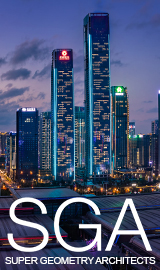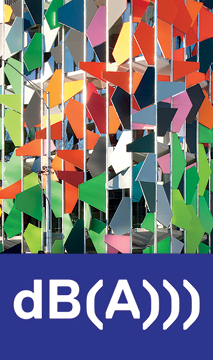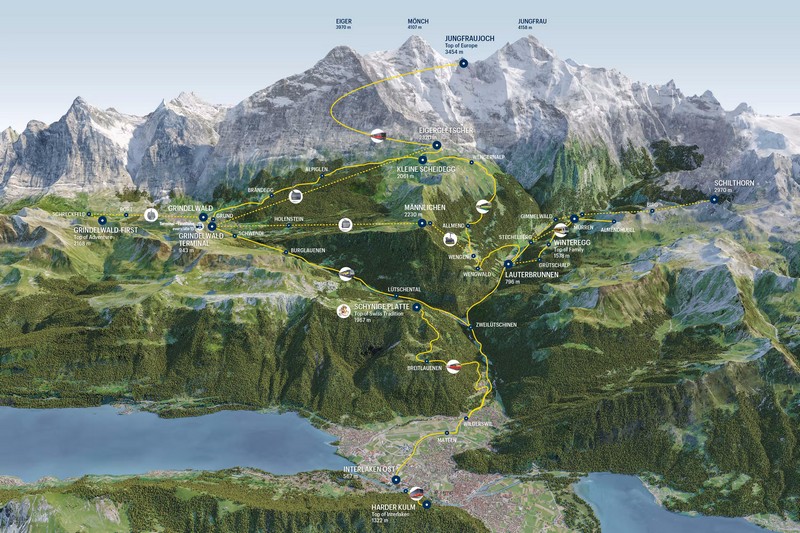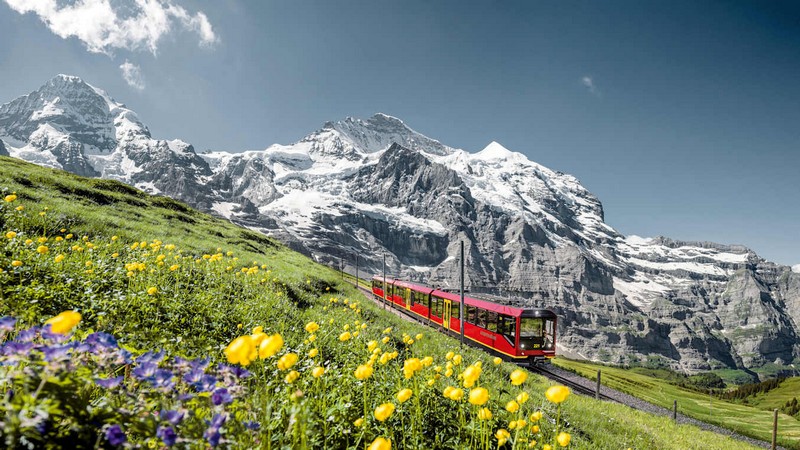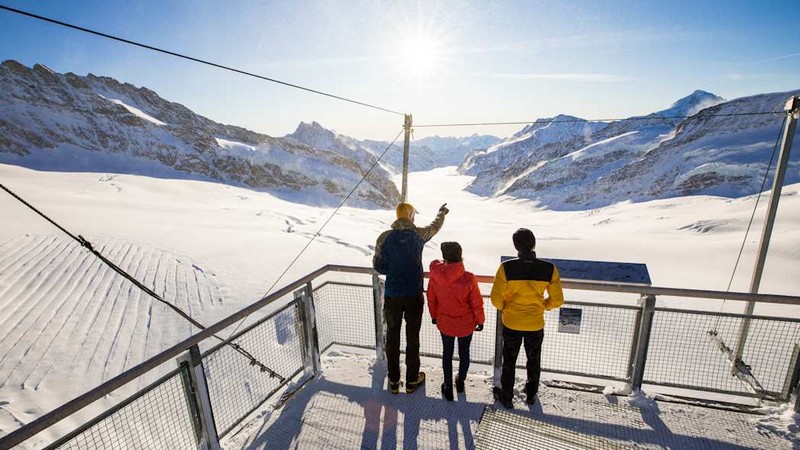With temperatures dropping as low as -37°C and an altitude of nearly 3,600 meters, installing and maintaining two elevators at the Sphinx Observatory in the Swiss Alps was anything but a standard project.
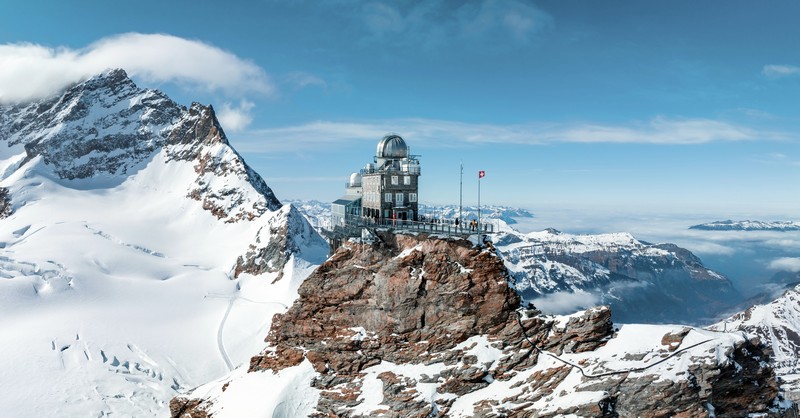
Aerial panorama view of the Sphinx Observatory on Jungfraujoch – Top of Europe, one of the highest observatories in the world located at the Jungfrau railway station, Bernese Oberland, Switzerland.
Built on a mountain summit at 3,571 meters in Switzerland, the Sphinx Observatory is the highest research facility of its kind in Europe and one of the highest in the world. Here, scientists conduct atmospheric, astronomical, and glaciological studies that support vital long-term experiments and global monitoring efforts. Every day, researchers, laboratory staff, and thousands of visitors depend on two Schindler elevators – among the fastest in Europe – to access the observatory and its panoramic viewing deck.
When the facility first opened in 1937, visitors and scientists relied on a single elevator. As tourism grew, rides to the top became lengthy and long waits became the norm. In the 1990s, the original elevator was replaced with two modern Schindler elevators, dramatically improving efficiency and reliably. Recently, the twin elevators underwent a modernization process to ensure they continue operating smoothly. At such high altitude and under extreme conditions, where temperatures often plunge to -37°C, the project demanded meticulous planning, innovative engineering and expert human oversight.
“We encountered all kinds of challenges in this project,” explains Roger Zehr, technical project lead at Schindler. “All heavy parts and materials had to be transported by train, and the motor was delivered to the machine room completely disassembled for easier transport. The altitude itself was a challenge, as it affects breathing and concentration and can cause headaches and dizziness. It was crucial for our team to acclimatize first and get proper rest to be able to work safely.”
Elevated requirements
The Schindler elevators at the Sphinx Observatory were built for performance – they travel upwards 108 meters in just 25 seconds. Above their shafts, carved inside the mountain rock, sit two massive machines, each weighing more than two tons, responsible for pulling the lift cars.
To adapt to the demands of this remote, high-altitude location, various hardware modifications were made. At the customer’s request, the system was also equipped with lightning protection.
“We routed all individual wires from the control system, cabin, and shaft through lightning protection elements,” Zehr explains. “This made the assembly process far more complex. Normally, the hanging cable comes with finished connectors that simply plug in on both sides.”
Teamwork on track
Both the initial installation in the 1990s and the recent modernization relied heavily on the partnership with the Jungfrau Railway, which was essential for transporting materials, parts, and personnel. Their destination was Jungfraujoch Station, Europe’s highest train station, located beneath the Sphinx Observatory. The Jungfrau Railway climbs 1,400 meters in just 30 minutes, running on a specially engineered track system designed to handle the extreme gradient.
Kurt Weber, a retired Schindler technician who worked on the installation of the elevators over 30 years ago, recalls how crucial strong collaboration with the railway team was from the very beginning.
“We exchanged phone numbers, and I told them to call me anytime if they needed anything, even on weekends – that reassured them”, Weber recalls. “Once, one of them called me while I was on holiday in Egypt, and I was able to help over the phone. He still reminds me of that today. It’s something special.”
For Zehr, that same spirit of collaboration continues to define the project.
“The teamwork was unique in such a one-of-a-kind, hard-to-reach place, everyone is very helpful and understanding,” he reflects. “The location itself is extraordinary. It was a fantastic project to work on.”



